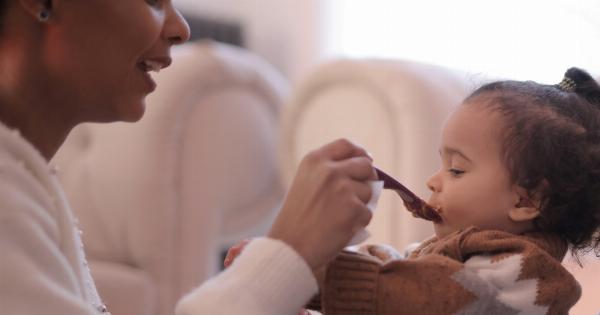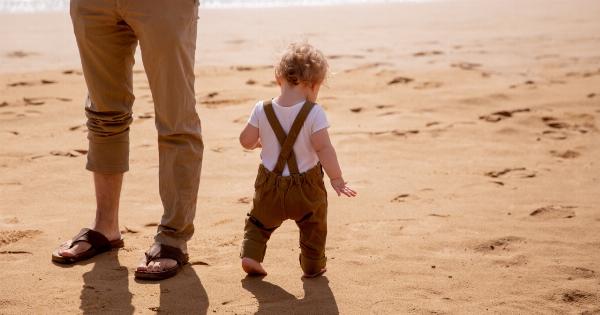A baby swing can be a lifesaver for parents looking to soothe a fussy infant or to keep them entertained while they need to complete chores around the house.
However, it is essential to know how long you should leave your baby in a swing to ensure their safety and development.
What is a baby swing?
A baby swing is a device that usually comes in a cradle-style or a bucket-style seat suspended from a metal or plastic frame that rocks back and forth or side to side at a gentle pace.
Swings are designed to mimic the motion of being rocked in a parent’s arms, which can help soothe fussy babies and provide them with a sense of comfort.
Are baby swings safe for newborns?
Baby swings are generally safe for newborns, but it is essential to follow the manufacturer’s instructions carefully and to always supervise your baby while they are in the swing.
Infants should always be strapped in with the provided safety harness and should never be allowed to sleep in the swing unsupervised or for an extended period.
How long can a baby stay in a swing?
While it may be tempting to leave your baby in the swing for long periods, experts recommend limiting swing time to no more than 30 minutes at a time and no more than two hours per day.
Infants under six months who cannot sit up on their own should only spend 30 minutes in a swing each day to prevent their spine from becoming misaligned and potentially causing developmental issues.
Why is limiting swing time important?
Limiting swing time is essential to ensure your baby’s physical safety and development. Spending too much time in a swing can put pressure on a baby’s spine, leading to a misalignment that could potentially cause developmental issues.
Additionally, prolonged use of a swing can cause flattening of the head, also known as plagiocephaly, which can be difficult to remedy.
When should you avoid using a baby swing entirely?
There are a few instances where using a baby swing may not be advisable. These include:.
- Babies with medical conditions such as acid reflux or other gastrointestinal issues that worsen when lying flat
- Babies with neck or spine problems
- Babies who are unable to hold their head up on their own
- Babies who are reaching or exceeding the weight limit specified by the manufacturer
- Babies who are too active and may attempt to climb out of the swing
Alternative ways to soothe your baby
If your baby does not like the swing or you are looking for an alternative way to soothe them, there are several methods to try:.
- Holding your baby close to your chest and walking around the room
- Skin-to-skin contact
- Gently bouncing your baby in your arms or on an exercise ball
- Singing or playing soft music for your baby
- Swaddling your baby in a cozy blanket
Conclusion
A baby swing can be a valuable tool for parents, as long as it is used safely and correctly.
Remember to follow the manufacturer’s instructions carefully, never leave your baby unsupervised while in the swing, and limit swing time to no more than 30 minutes at a time and no more than two hours per day. If your baby has any medical conditions or is reaching/exceeding the weight limit of the swing, it may be best to avoid using it altogether.
Try alternative soothing methods, such as holding your baby close or swaddling them, to help calm them if they do not like the swing.




























